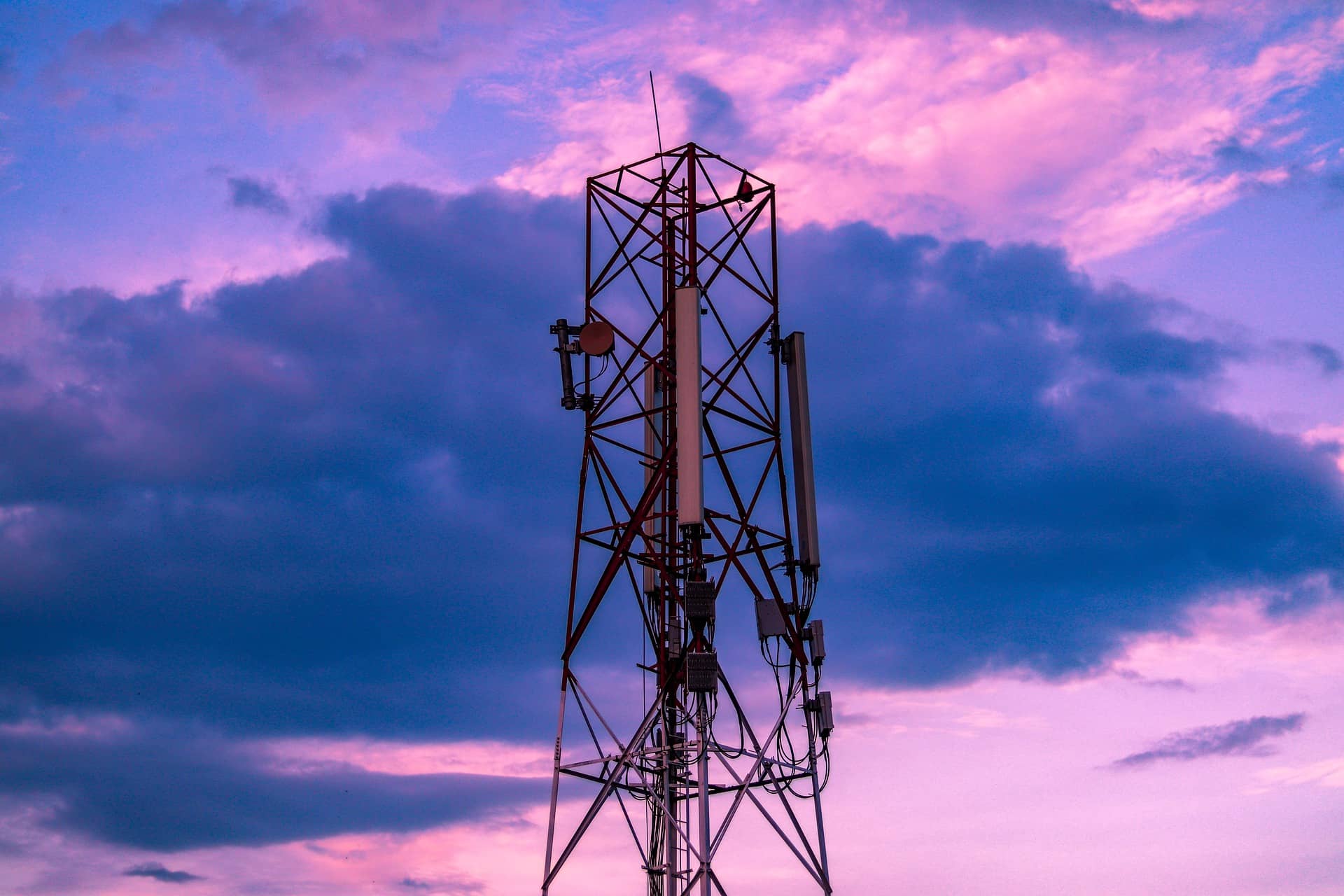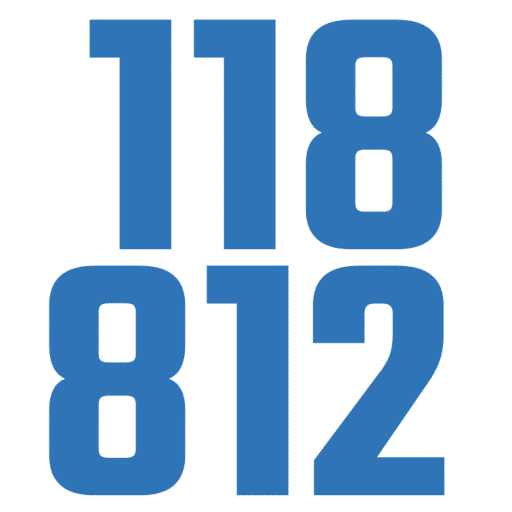In August last year, reports were beginning to come to light that Canada’s Shaw Communications was building a submarine cable landing station in Port Alberni, on the country’s West coast, despite no new cable systems being formally announced at the time.
Now, it seems that Google has solved the riddle of the mysterious cable project…
In August last year, reports were beginning to come to light that Canada’s Shaw Communications was building a submarine cable landing station in Port Alberni, on the country’s West coast, despite no new cable systems being formally announced at the time.
Now, it seems that Google has solved the riddle of the mysterious cable project, announcing the creation of the Topaz system, the first submarine cable set to link Canada directly to Asia.
The Topaz cable will take a short hop from Vancouver, Canada, to Port Alberni on Vancouver Island, before travelling West across the Pacific to Japan, where it terminates at the cities of Shima and Takehagi.
In both Port Alberni and Takehagi, landing stations for the cable will need to be built from scratch. Vancouver, on the other hand, having housed the now defunct copper-based Commonwealth Pacific Cable System, built back in 1963, already has a historic landing station available for the project. This facility will be upgraded to meet the needs of the Topaz cable.
The final stop, Shima, is already a major hub for submarine cable activity, with three local cable landing stations collectively connecting to around 17 subsea systems.

The Topaz system will comprise 16 fibre pairs with a total capacity of 240 Tbps. It will also make use of Wavelength Selective Switch technology, a software-defined solution that allows greater flexibility when routing traffic on individual fibre pairs.
Google says its intention with the system is not only to allow for low latency access to its own services, like Google Cloud and YouTube, but also to offer capacity for network operators in Canada and Japan.
The company also reportedly intends to swap fibre pair capacity with other submarine cable operators on similar routes, thereby increasing what the company calls “the intercontinental network lattice for network operators”.
The cable will be ready for service in 2023.
Google’s interest and investment in submarine cable projects in recent years cannot be underestimated. The company has announced participation in 20 submarine cable projects, connecting 29 cloud regions, 88 zones, 146 network edge locations across more than 200 countries and territories.
Also in the news:

